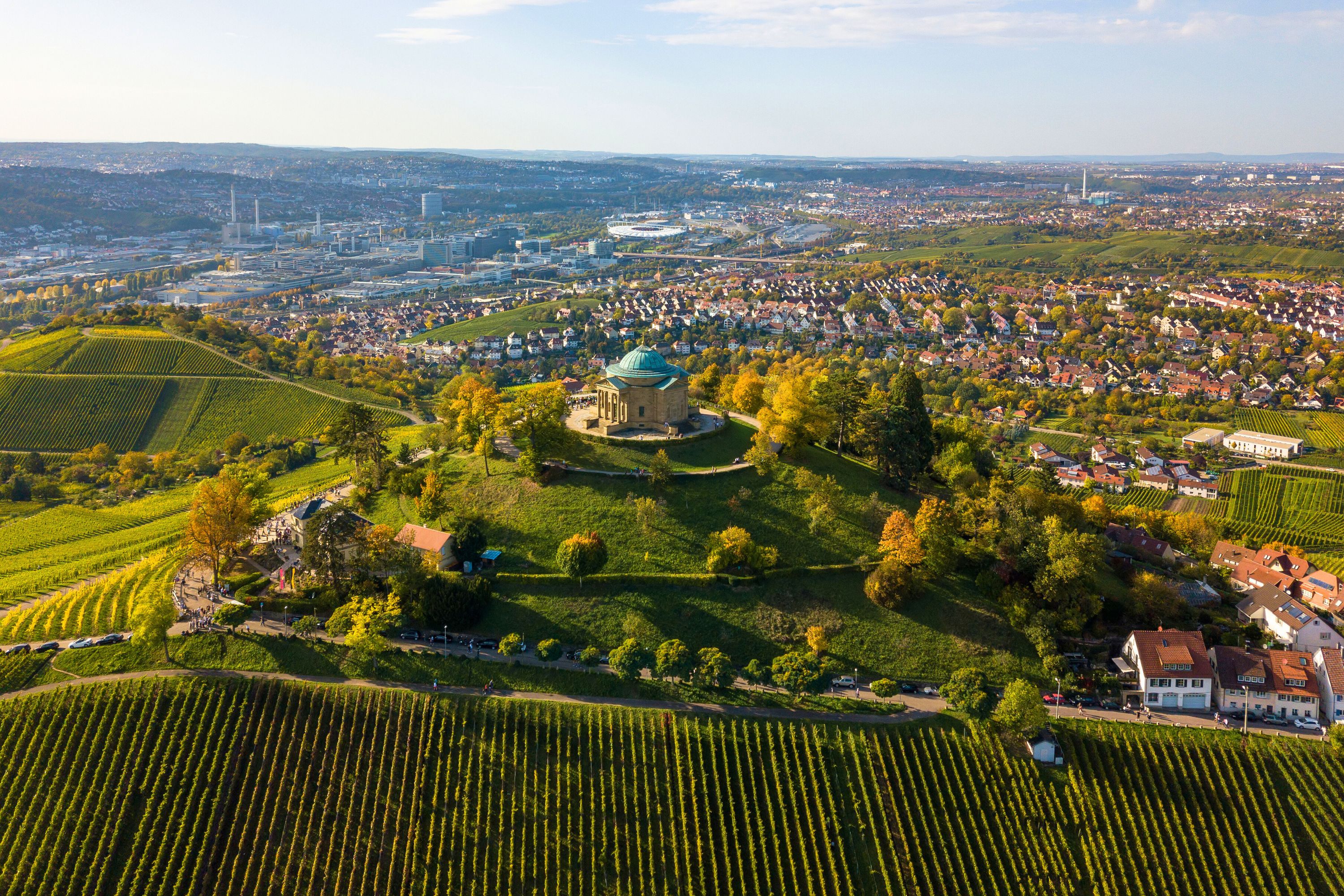The 1,700-Year-Old Burial Of A Barbarian Was Uncovered In Germany, Along The Outskirts Of The Roman Empire

In Germany, a 1,700-year-old burial of a “barbarian” was discovered. He lived on the outskirts of the Roman Empire and was laid to rest with a variety of grave goods, including pottery, glassware, and a fine-tooth comb.
The grave is thought to date back to the first half of the fourth century. According to the Stuttgart Regional Council, it is located in the village of Gerstetten, about 40 miles east of the city of Stuttgart in southwest Germany. It was unearthed during excavations that were taking place in advance of the construction of new homes.
An analysis showed that the remains belonged to a man who was around the age of 60 when he died. Radiocarbon dating of one of his rib bones revealed that he was buried between A.D. 263 and 342.
The grave was intricately designed and surrounded by a wooden chamber. It was situated by itself in a prominent spot. Among the burial items, there was a high-quality glass beaker that may have been from the nearby fort at Guntia or present-day Günzburg.
The features of the other objects suggested they originated farther north in the Elbe-Saale region of what is now central Germany.
This region was the northern limit of the Roman Empire. It was known as the “Upper Germanic Limes.” Beyond the region was the territory of Greater Germania, where the Germanic tribes made their home.
The Roman Limes were guarded by legionaries at forts along the frontier. Germanic traditions, such as funerary customs, were practiced outside the forts. The Romans referred to the Germanics as “barbarians,” a Greek word that originally meant “people who speak differently.” It was applied to non-Roman people who did not live on their lands.
After the fifth century, Germanic barbarians led by the Visigoths and Vandals infiltrated Rome and helped bring down the empire.
The man buried at Gerstetten may have been one of the Alemanni, a confederation of Germanic tribes that lived in the Upper Rhine Valley. Alemanni graves from this time period are rarely identified in the region. Usually, they are found in groups of five to 12 individuals.
Frank Gärtner – stock.adobe.com – illustrative purposes only
Sign up for Chip Chick’s newsletter and get stories like this delivered to your inbox.
Archaeologists believe two more burials might be located nearby. Finding more graves would shed further light on an era of history that has remained relatively unclear.
The period between the fourth and eighth centuries, called the Migration Period, was a time of major cultural transformation in Europe. However, little was known about it because of the lack of written records.
Examinations of barbarian cemeteries have provided some insights, but early German graves were rare.
So, that makes the Gerstetten burial an exciting and fascinating discovery that only adds to our knowledge of how modern European society came to be.
The grave goods from the site have been transported to a restoration workshop in the town of Esslingen, and two ceramic vessels have already been restored.
Welcome to Billionaire Club Co LLC, your gateway to a brand-new social media experience! Sign up today and dive into over 10,000 fresh daily articles and videos curated just for your enjoyment. Enjoy the ad free experience, unlimited content interactions, and get that coveted blue check verification—all for just $1 a month!
Account Frozen
Your account is frozen. You can still view content but cannot interact with it.
Please go to your settings to update your account status.
Open Profile Settings